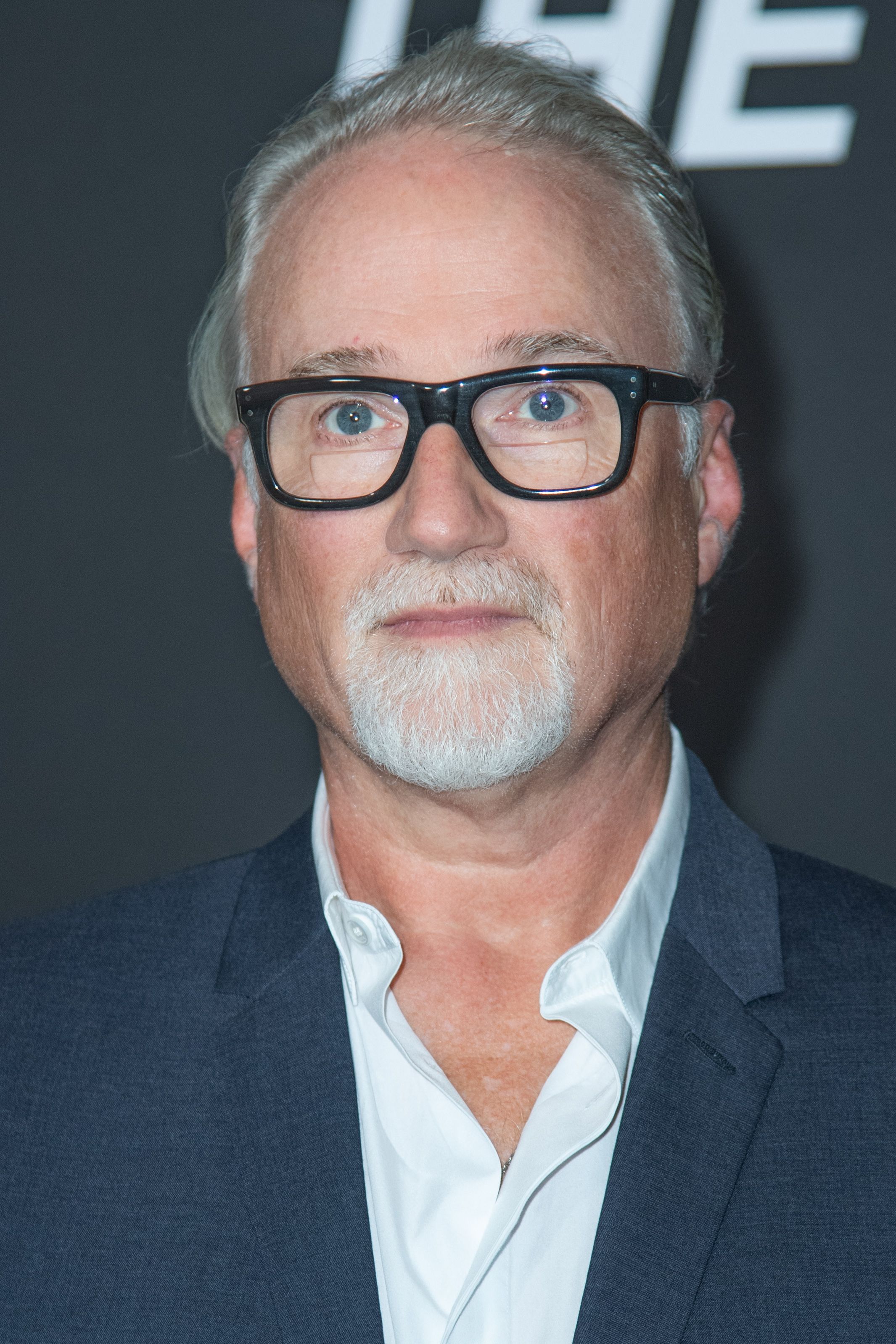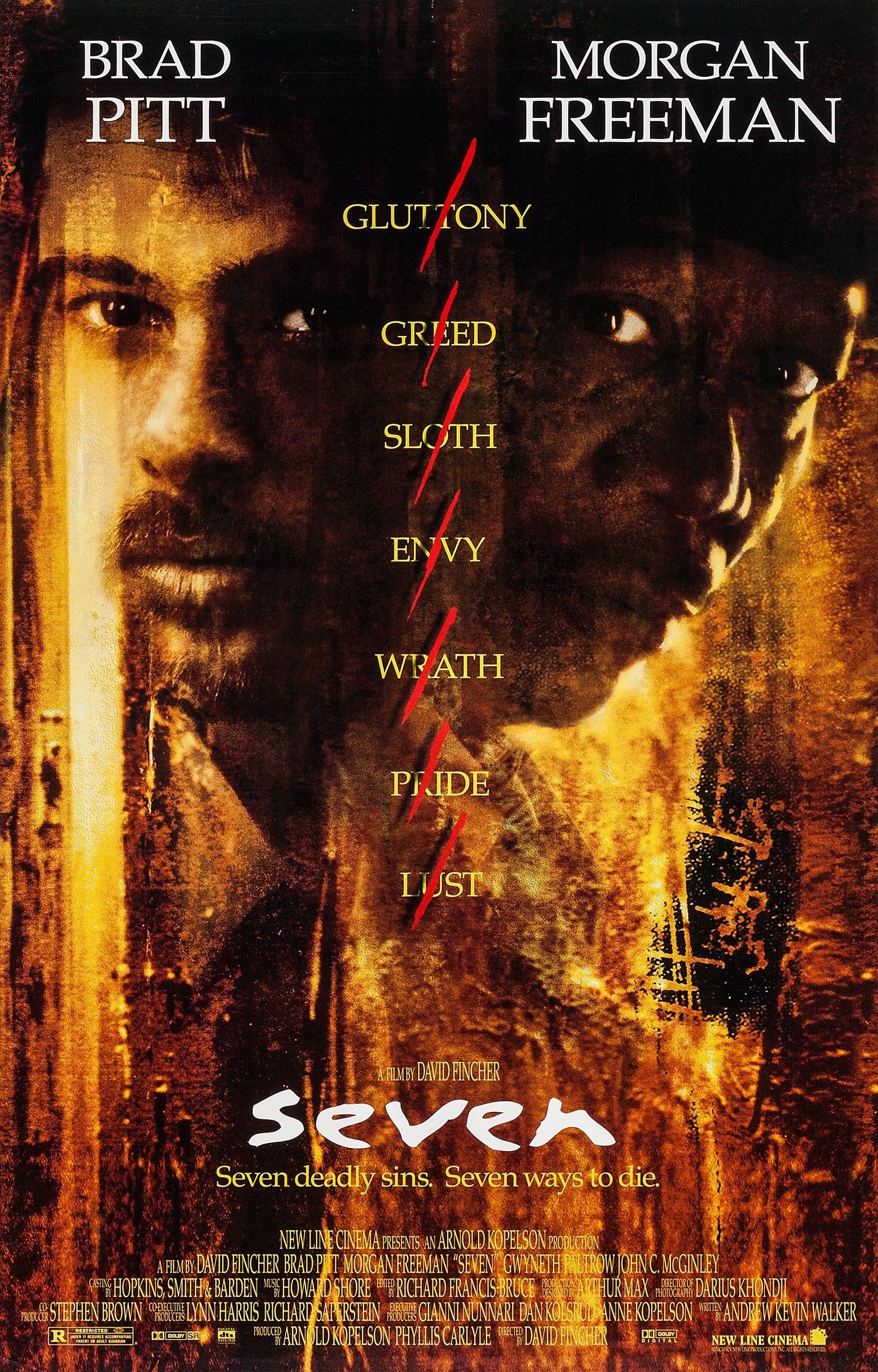David Fincher Details How He Fixed 1 Scene In Critically-Acclaimed $327M Crime Thriller Using Updated Technology

David Fincher used modern technology to undo a mistake in his 1995 thriller that had been bothering him for 30 years. Widely regarded as one of the best directors working today, Fincher has received Academy Award nominations for Best Director for the dramas The Curious Case of Benjamin Button, The Social Network, and Mank. Though he started his career directing music videos, Fincher made his feature film debut in 1992 with Alien 3, which the director disowned due to studio interference, and his breakthrough was the 1995 crime thriller, Seven.
Over this career, Fincher has been endlessly fascinated with serial killers, being the subject of his 1995 breakthrough, Seven, and several more of his movies. Zodiac follows the manhunt for the titular serial killer and The Girl with the Dragon Tattoo, based on the novel by Stieg Larsson, also follows an investigation into murders tied to a serial killer. Fincher has also served as an executive producer and director for the Netflix series Mindhunter, which follows two FBI agents who interview imprisoned serial killers to better understand their psychology.
David Fincher Used Modern Tech To Fix A Mistake In Seven
It Had Been Bothering Him For 30 Years
David Fincher used modern technology to fix a mistake in Seven that had been bothering him for 30 years. Directed by Fincher, with a script written by Andrew Keven Walker, the 1995 crime thriller follows a mismatched detective duo as they investigate a serial killer who bases his murders on the seven deadly sins. Brad Pitt and Morgan Freeman lead the cast alongside Gwyneth Paltrow, Richard Roundtree, R. Lee Ermey, John C. McGinley, and Kevin Spacey.
Related
Se7en Ending Explained (In Detail)
David Fincher’s 1995 thriller Se7en boasts one of the best shock endings in cinema, but it’s far more than a simple twist and an iconic line.
During a recent interview with Collider, David Fincher revealed that he made one change to Seven for its 30th anniversary re-release on 4K and in theaters. The director explained how he used AI to seamlessly fix a clumsy camera pan by restoring missing visual details of a leather jacket and compositing backgrounds from other takes. He highlights how this modern technology allows subtle corrections to be made and preserve performances without the audience noticing the adjustments. Read his full explanation below:
There was a sequence where two actors, who shall remain unnamed, are meeting at a bar to discuss their kind of collective ennui about the case in front of them. This was a one-night shoot, and we had to move very, very quickly, and we had to load in. We shot the thing, I don’t know, probably close to eight or nine hours, and I had 14 or 15 takes of each setup, and there’s probably like five or six setups, but when you pick the ones that mean the most to you in terms of a performance, every once in a while, you’re going to have technological malfeasance.
In this case, there was this unasked-for and unearned camera pan where a character moved, and then the camera panned over to follow them but followed them late and overshot them and ended up seeing more of the bar than was intended. But the performance in it was so good that we went with it. Well, in this case, we can take that and go, “What’s the issue here with stabilizing this pan that happens at such an inopportune time?” There was no issue in terms of the background. We had enough of the background, but at the beginning of it, we had cleaved off one of the actor’s shoulders, and he’s wearing a black leather jacket, and there’s no data. We don’t know how that shoulder connects to the sleeve and the kind of supple wrinkling and deformation of the leather in that jacket. So I asked, “Based on these other takes that we have, can we restore this jacket so that I can take this pan out because this pan happens at such a clumsy time? It’s right as I want to watch a reaction, and the camera’s moving.” And we didn’t know if we could.
So, we took three or four different shots from earlier, which had a jacket in them that we liked, and then we input that, and then we had it spit back out AI, and then took the background from where the camera landed and just composited them together. So, it ends up being the most thrillingly stupid fix in the world because if you see it, we didn’t do our jobs. And you probably won’t see it. You probably won’t be aware that it’s happened. But you look at it, and you just think to yourself, “It’s so nice that we can fix that kind of stuff today.”
What David Fincher’s Use Of AI Means For Seven’s Re-Release
The Director Has A Meticulous Eye For Detail
David Fincher’s use of AI to correct a decades-old mistake in Seven isn’t really relevant to the ethical and artistic debates surrounding AI in cinema, but another instance of the director’s perfectionism and meticulous eye for detail. Unlike debates about replacing creative roles or altering performances, this instance is about refining a small, technical detail that had nagged David Fincher for years. In this case, AI is a tool in service of preserving the artistic integrity of a scene rather than transforming the creative process.
Seven releases on 4K Ultra HD on January 7, 2025.
Source: Collider
-

-

David Fincher’s crime thriller Se7en follows the seasoned Detective William Somerset after he is assigned a new partner, the young and idealistic David Mills (Brad Pitt). The two find themselves investigating a deranged killer staging murders inspired by each of the seven deadly sins. On the hunt for the twisted John Doe (Kevin Spacey) before he can kill again, the two detectives soon discover that they’re much deeper into the case than they realized.
World News || Latest News || U.S. News
Source link





